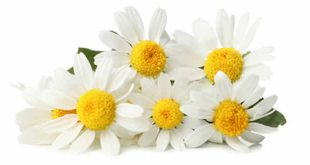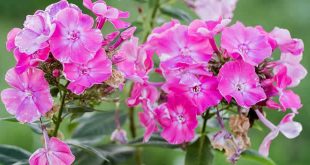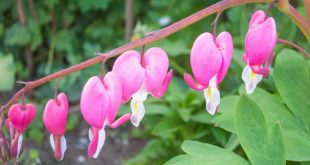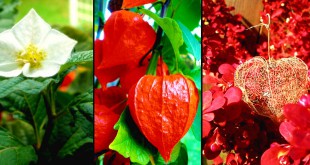 Poison Ivy — Toxicodendron radicans (syn. Rhus toxicodendron, Rhus radicans; Poison ivy) is a plant in the family Anacardiaceae. The name is sometimes spelled “Poison-ivy” in an attempt to indicate that the plant is not a true Ivy (Hedera). It is a woody vine that is well known for its ability to produce urushiol, a skin irritant that causes an itching rash for most people, technically known as urushiol-induced contact dermatitis.
Poison Ivy — Toxicodendron radicans (syn. Rhus toxicodendron, Rhus radicans; Poison ivy) is a plant in the family Anacardiaceae. The name is sometimes spelled “Poison-ivy” in an attempt to indicate that the plant is not a true Ivy (Hedera). It is a woody vine that is well known for its ability to produce urushiol, a skin irritant that causes an itching rash for most people, technically known as urushiol-induced contact dermatitis.
It grows throughout much of North America, including all Canadian provinces except Newfoundland (but not the territories) and all U.S. states except Alaska, and is normally found in wooded areas, especially along edge areas. It also grows in exposed rocky areas and in open fields and disturbed areas. The plant is extremely common in suburban and exurban areas of the Middle Atlantic and Southeastern United States. It rarely grows at altitudes above 1,500 meters (5,000 ft). The plants can grow as a shrub up to about 1.2 meters (4 ft) tall, as a groundcover 10-25 centimeters (4-10 in) high, or as a climbing vine on various supports. Older vines on substantial supports send out lateral branches that may at first be mistaken for tree limbs.
It is more common now than when Europeans first entered North America. Real estate development adjacent to wild, undeveloped land has engendered “edge effects”, enabling poison ivy to form vast, lush colonies in such places. It is listed as a noxious weed in the U.S. states of Minnesota and Michigan.
 Kids Portal For Parents India Kids Network
Kids Portal For Parents India Kids Network




